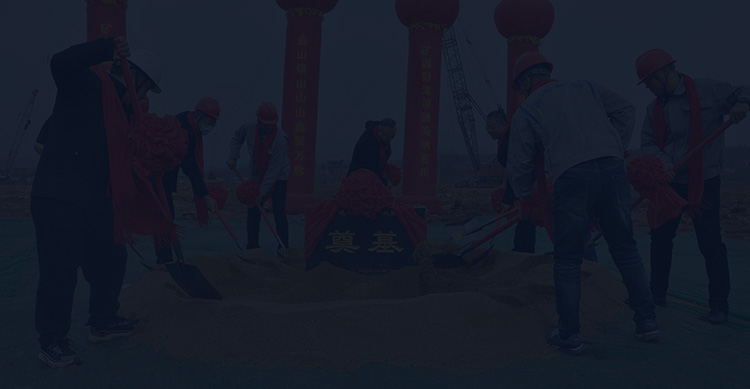
In the lifecycle of a mining operation, upgrading a mineral processing plant often gets treated like a quick patch job on an old setup. But out in the field, every single change comes with a web of coordination, shifting conditions, and tough technical hurdles. It has to balance safety, boost output, and cut energy use while putting a company's construction skills, project management, and quick-response abilities to the test.
Drawing from Xinhai Mineral Processing EPC's hands-on experience across projects in China and abroad, we've zeroed in on the real-world challenges. Here's a breakdown of these upgrades' four most common sticking points.
The big thing about upgrade projects? You're bridging the old plant's leftovers with the new setup. Often, the existing foundations don't match the fresh process layout, or issues like ground settling and cracked concrete force a redo. That slows everything down and knocks the equipment installation off track.
Take this example:
In a 1,500 t/d gold plant upgrade in Africa, the crusher workshop's foundation had sunk poorly and couldn't handle the new crusher's weight. Local conditions made it hard to haul in concrete, stretching the repour timeline by half a month. Xinhai's on-site install team jumped in fast.
They teamed up with the designers and supervisors to double-check the equipment's load points, then pitched an emergency plan: targeted reinforcements plus phased pre-assembly. While the foundation fix was underway, the crew jumped on welding the steel frames for the crushing system, prepping the feed chutes, and mapping out the main pipelines.
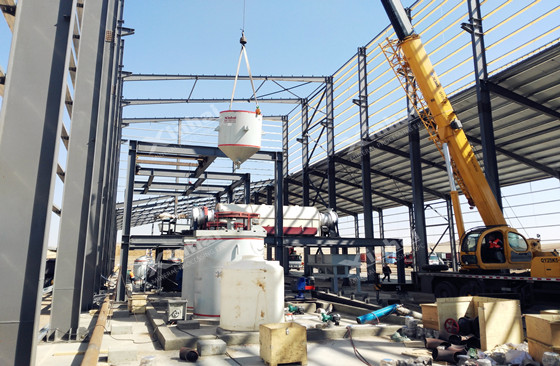
This "parallel push" kept things rolling smoothly— Instead of waiting the full 12 days for the foundation to cure, they only lost 4 days before kicking off installs. Overall, the project wrapped 8 days ahead of schedule, saving about 15% on critical time and dodging idle costs for cranes and crew.
✦ Lesson learned: In plant upgrades, contractors can't just sit back and wait. They must blend civil work seamlessly with installs, spotting chances to overlap tasks when foundations drag.
At its heart, upgrading isn't just about tossing out old machines. It's rematching and rebalancing the whole process flow. The real headaches? How do new and old pieces play nice? Has the ore changed character? Can the new gear shine in a tight space? Answers like that only come once you're boots-on-the-ground.
1. Process Tweaks: If the Ore Shifts, So Does the Plan
Many older plants hit a wall when the ore's makeup evolves. After years of digging, the rock's size, oxidation, or impurities shift, making the original flow obsolete.
Case in point:
In a 3,000 t/d iron ore plant upgrade in Inner Mongolia, the setup was "two-stage grinding + magnetic separation." But as the deposit got leaner, feed grades dropped and slimes built up, tanking recovery rates. Xinhai's tech team resampled on-site and switched to "staged grinding—weak magnetic—strong magnetic combo," adding a high-gradient separator and fine screening. Post-upgrade, concentrate grade jumped 3.2%, recovery rose nearly 5%, and regrind energy dropped 30%.
✦ Bottom line: Process designs have to flex with the ore, not stick to dusty blueprints.

2. Space Crunch: Fitting New Layouts into Old Shells
Upgrades usually cram more gear or better flows into the same footprint, but fixed ceilings, beams, and load limits don't budge. That calls for sharp spatial smarts from designers and installers.
Here's one:
In a 500 t/d gold project in South America, the client wanted extra flotation cells in the existing workshop to snag finer gold particles. Space was so tight, walkways would've shrunk to under a meter. Xinhai's designers scanned the structure with 3D models, rejigged the tank angles, and used modular shipping with on-site assembly. They boosted capacity without expanding—saving the client around 30% on civil costs.
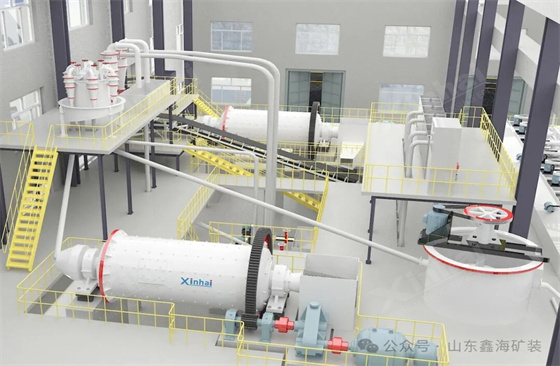
3. Energy Savings and Smarts: Breathing New Life into Old Systems
Upgrades aren't only about output; they're a shot at better efficiency and automation. Plenty of legacy plants run clunky motors and manual controls—high power draw, sloppy precision.
Example:
In a 600 t/d copper plant revamp in Xinjiang, Xinhai swapped standard motors for variable-speed drives on the mills, plus smart sensors for real-time current, vibration, and level checks. Adaptive speeds cut per-ton energy by 15%, automation bumped up (dropping operators from 8 to 4), and errors fell. These changes? Low upfront cost, big payoffs. They make old plants tougher and pave the way for digital mining.
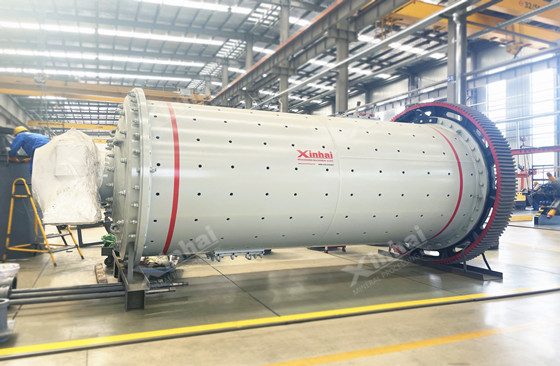
4. Gear Localisation and Easier Upkeep
Overseas, it's not just specs—think maintenance and parts access. In a 1,600 t/d gold upgrade in Africa, scorching humidity and shaky power fried imported pumps. Xinhai swapped them for homegrown abrasion-resistant slurry pumps, tweaking impellers for local pulp traits. Downtime vanished, uptime climbed from 78% to 95%.
✦ Key takeaway: Pick gear that fits the site's reality, not just the datasheet.
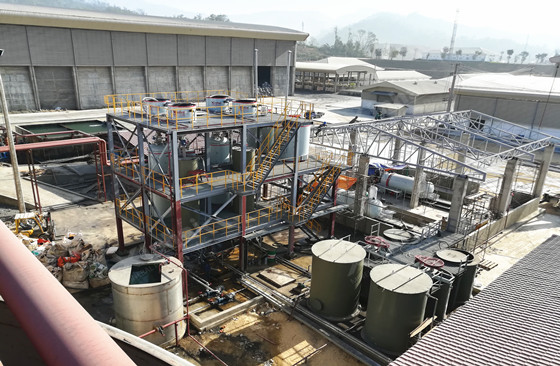
5. Full-System Fine-Tuning: The Home Stretch
Even after installs, many projects underperform because they skip holistic commissioning. Xinhai's approach? "Install, test, tweak" on the fly—running flow checks, pipe pressure calcs, and reagent tweaks mid-process. In a 500 t/d antimony plant, real-time flotation timing and froth tweaks lifted concentrate grade 1.8% over the original plan.
Unlike greenfield builds, retrofits happen with the plant humming. That means live ops, construction, and foot traffic overlapping—safety risks skyrocket.
Typical pitfalls:
Work zones bleeding into production, sparking mix-ups;
Cranes, welds, and heights introduce fire risks.
Noise, vibes, and electrical work are messing with ops.
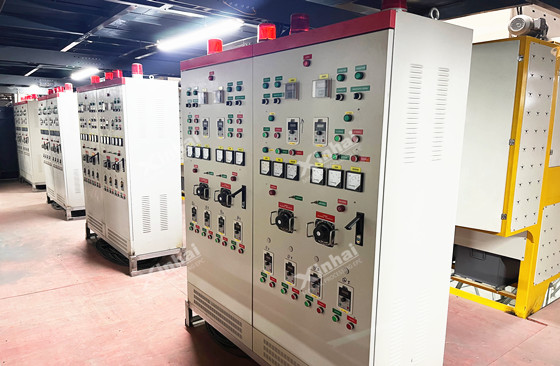
✦ Xinhai's playbook:
Zoned barriers and dual guards: Fenced areas with dedicated watchers to keep outsiders out;
Staggered shifts: High-risk stuff at night or low-load times to dodge peaks;
Three-tier safety chain: PMs, safety leads, and supervisors share accountability, with daily walks and alerts;
Joint approvals: Any ops-tied work needs sign-off from both sides to nix errors.
In a gold tailings recovery line swap, they pulled it off without a hiccup—zero incidents, 10 days early—a real benchmark for the client.
Another upgrade killer? Slow info loops among clients, overseers, designers, suppliers, and builders. Bottlenecks mean delayed calls and blown budgets.
✦ Xinhai's fix: A digital platform for live updates on arrivals, progress, QA, and changes. In a South American gold job, a pipe size mismatch got flagged on-site; feedback hit the designers in minutes, new drawings back in 45— no downtime for paper chases.
This "field-design-office" loop keeps complex jobs on beat.
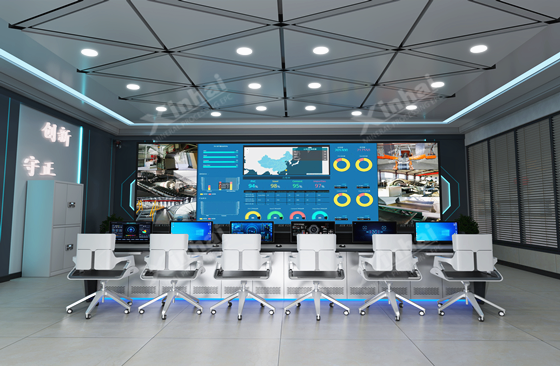
Too many outfits see upgrades as a gear swap for more tons, missing the bigger picture. Truth is, top-notch retrofits remake processes and sharpen management. Xinhai's end-to-end model—"design, build, install, commission, smart ops"—has flipped traditional fixes into smart leaps for mines worldwide.

We're not just builders; we're problem-solvers and plan-doers:
Tailoring processes to ore quirks;
Flexing construction around site quirks;
Trimming comms via teamwork;
Balancing safety, quality, and pace of delivery.
Hitting snags on a plant upgrade? Need a fresh project plan? Hit up Yantai Xinhai Mining Machinery for pro tech help and build advice!
To find out more about our products and solutions, please fill out the form below and one of our experts will get back to you shortly.